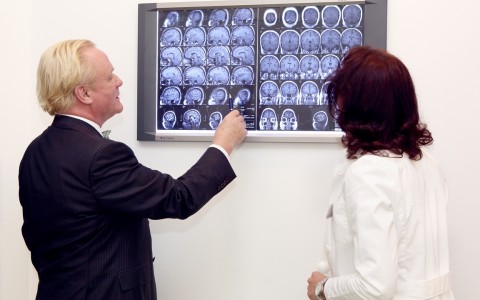The Gorter Model
- Home
- The Gorter Model
- Local Hyperthermia as a major tool in treating Cancer patients successfully in a non-toxic way
- Why are IQ scores declining over the previous 20 years?
- Expert report regarding the clinical use of CBD
- CBD effective in Healing Bone Fractures at all Ages and Prevention and Cure of Osteoporosis and Arthrosis
- Medical Cannabis Approval Sweeps Across Europe
- More people die from overdosing on pharmaceutical drugs than illegal drugs
- Flu vaccine BOMBSHELL: 630% more “aerosolized flu virus particles” emitted by people who received flu shots… flu vaccines actually SPREAD the flu
The Gorter Model is a novel and creative approach in the treatment of cancer patients and other chronic diseases, such as infections with hepatitis B and C and HIV. In the Gorter Model, traditional academic (western) medicine is combined with new therapies, which have a sound scientific basis, but are not commonly applied yet.
Therefore, therapeutic interventions and their outcome, including changes in quality of life of all patients, who are treated according to the Gorter Model, will be uniformly documented on a regular basis. In this way, efficacy can be evaluated and therapy modalities can be adjusted.
The Gorter Model has been developed over the last four decades under the direction of Robert W.D. Gorter, MD, PhD .
The goal of the treatment is to improve the immune system (“immune restoration”). The basic elements of the Gorter Model are the integration of the therapies and protocols in a schedule designed specifically for each patient. For more than a decade now, documentation and evaluation of all data is being conducted by research fellows who will receive their masters degree or PhD from German or international universities world-wide through work in association with the Gorter Model team.
Over the past twelve years, more than 4000 patients were treated according to the Gorter Model. Conditions that have been successfully treated include all metastasized solid tumors, such as breast, prostate, lung, brain, liver, colon and bone cancer.
96% of all patients were at the end stages of cancer and for them, the team was their last hope. However, they frequently experience partial remission and stabilize for several years with a very positive quality of life or even sustained and complete remission. The treatment implies hope, although not all patients improve.
The Gorter Model is designed to restore and enhance immune function, enabling the immune system to aggressively and effectively combat cancer cells throughout the body. The treatment may involve some or all of the following therapies to optimize immune function or to directly destroy the cancer cells:
This nontoxic cancer therapy does not debilitate patients. Even patients with Stage IV cancer often report that they feel a certain sense of vitality and are able to maintain or improve their quality of life throughout much of the course of their illness. Conditions that have been successfully treated with the Gorter Model include almost all metastasized solid tumors, such as breast, prostate, lung, brain, liver, colon and bone cancer.
In conclusion, one can say that the Gorter Model is innovative, as it integrates traditional western academic medicine with novel therapies, paying significant attention to all the needs of the patient, and the characteristics of the tumour itself.
In addition, all of these therapies have a sound scientific basis and sufficient clinical experience has been collected to guarantee little to no side effects and a well-founded hope for a good response to therapy.
For the same reason that the behaviour of wildlife in captivity may tell one more about captivity than about wildlife, it is difficult to test anti-cancer drugs in a petri dish. To get a better sense of a cancer’s real vulnerabilities, one need to have the cells grow as a tumour in an animal, or even better, in a human. The same holds true for the functioning of the immune system. One can take blood samples and count, for instance, numbers and percentages of T-lymphocytes, and correlate numbers with function.
But to study the function of T-lymphocytes, researcher should observe the T-lymphocyte directly when it unfolds its immunocompetent function in the tissue of the organs in situ. Therefore, in the Gorter Model, not only immunocompetent cells are counted and identified through surface markers, but also function tests are conducted to document cell function and possible improvement of function during and after therapy. Other treatment modalities will target life style changes. Attention is paid to nutrition, and supplementation with vitamins, antioxidants, and trace elements. Other life style changes might include increased physical activities, like bicycling, swimming and walking (jogging), and exercise under guidance of an instructor. Also, improvement of mental and social functioning is encouraged, and advice and counseling are offered.


 Deutsch
Deutsch Nederlands
Nederlands Turkish
Turkish Russian
Russian Italiano
Italiano Français
Français Português
Português العربية
العربية
